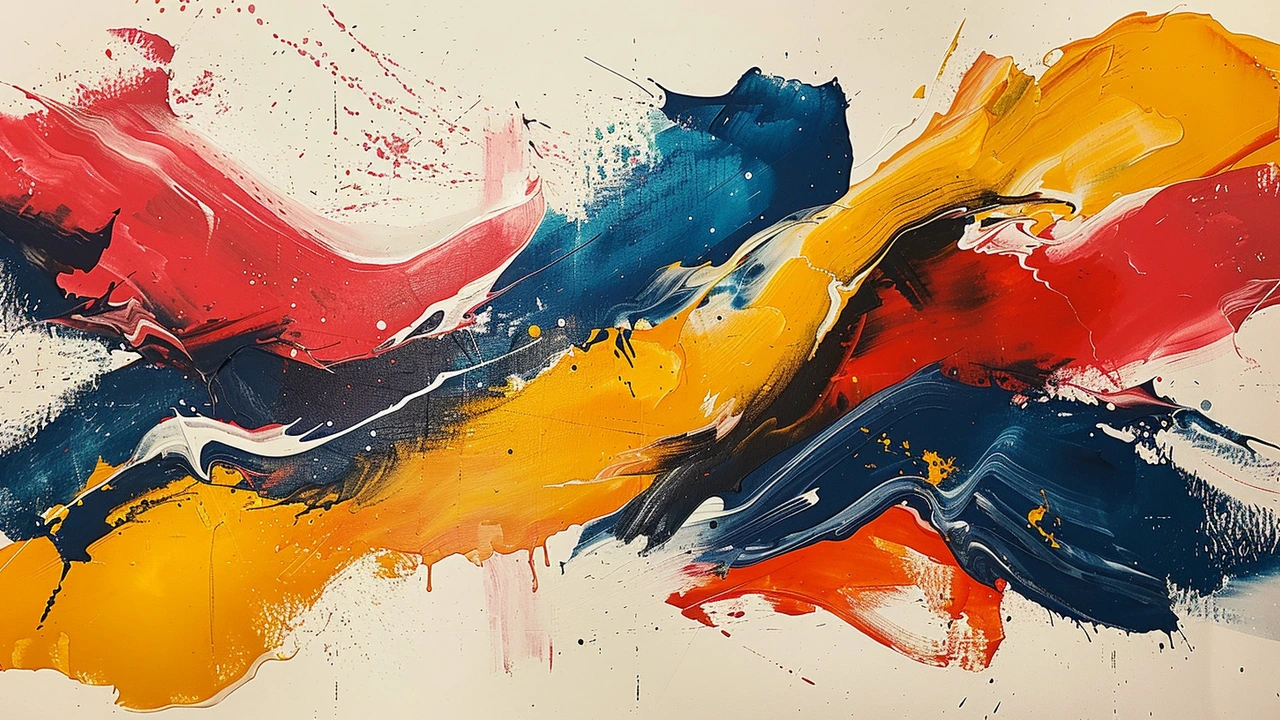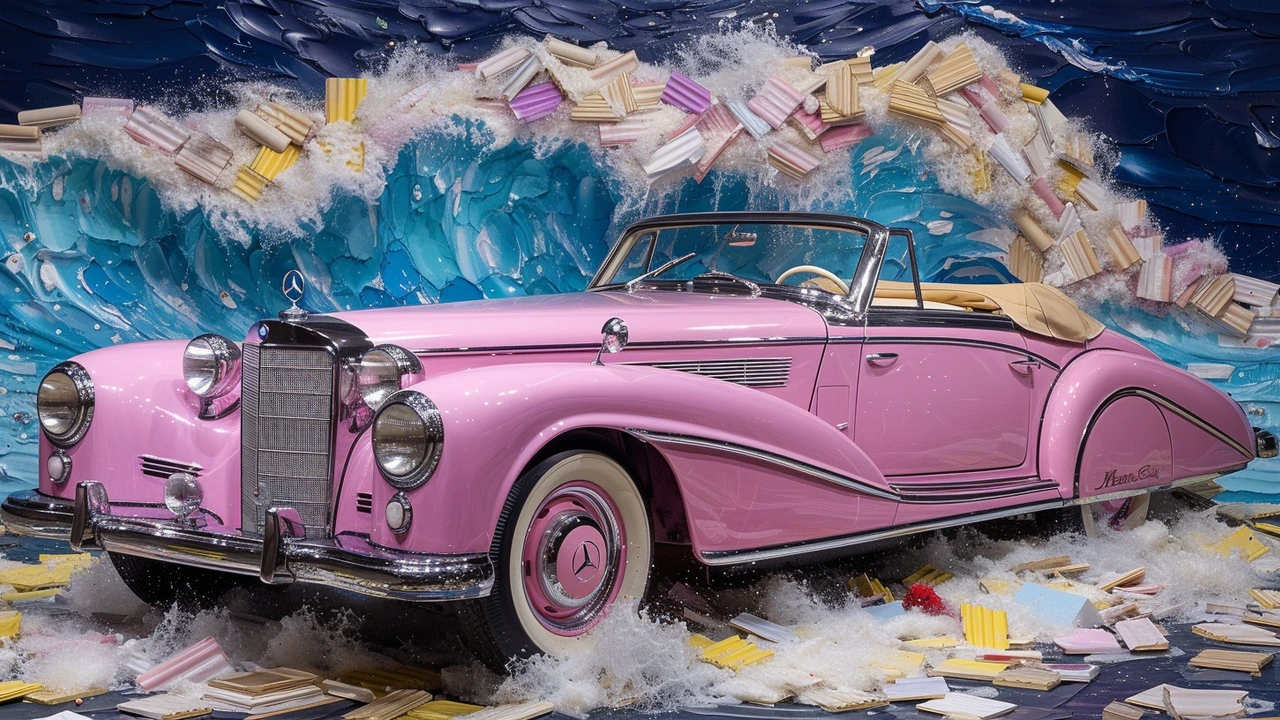Dadaism: The Anti‑Art Movement That Still Disrupts
Imagine a nightclub in Zurich during World War I where artists shouted nonsense, glued trash together, and refused to behave like polite painters. That’s where Dada started—loud, angry, and playful. It began as a direct protest against war, nationalism, and the idea that art had to follow rules.
Key figures? Think Hugo Ball setting off sound poems at Cabaret Voltaire, Tristan Tzara writing chaotic manifestos, Marcel Duchamp submitting a urinal called Fountain, and Hannah Höch cutting photos into sharp political collages. These people wanted to break accepted taste. They used chance, found objects, and shock to make people think.
How Dada Worked: Techniques You Can Try
Dada isn’t mysterious—its tricks are simple and immediate. Try the cut‑up poem: write a paragraph, cut words into pieces, pull them out of a hat, and arrange them blind. Make a readymade by taking a mass‑produced object, sign it, and display it as art. Use photomontage to splice unrelated images and force new meanings. Embrace mistakes—tear paper, spill ink, let coincidence decide a composition.
Materials you can use right now: magazines, packaging, ticket stubs, cheap tools, broken electronics, and everyday junk. Work fast. Work messy. Dada favors impulse over perfection. Aim to disrupt a comfortable idea—make viewers pause, laugh, or feel uncomfortable.
Why Dada Still Matters and Where You’ll See It
Dada planted seeds that grew into Surrealism, Fluxus, Pop Art, and Conceptual art. Its readymades paved the way for ideas about what art can be. You can spot Dada’s attitude in street art, performance pieces, and even political memes. If you want to see originals, check major collections: the Museum of Modern Art, Centre Pompidou, and the Cabaret Voltaire in Zurich (now a museum and cultural space).
Want a quick exercise? Make a Dada board for your wall. Collect five random objects, glue them to a board without planning, then write a one‑sentence explanation that makes it sound profound. Hang it. See how people react.
Read Tzara’s short manifestos to feel the movement’s voice. Look up Duchamp’s Fountain and Höch’s photomontages to see how simple gestures changed art forever. Visit a local modern art museum and ask the guard where the Dada pieces are—most museums love talking about the troublemakers.
Dada isn’t polished history; it’s a practical tool for shaking up habits. Use its methods to challenge your own creative rules, to make political statements, or just to have wild, productive fun with materials you already have.




